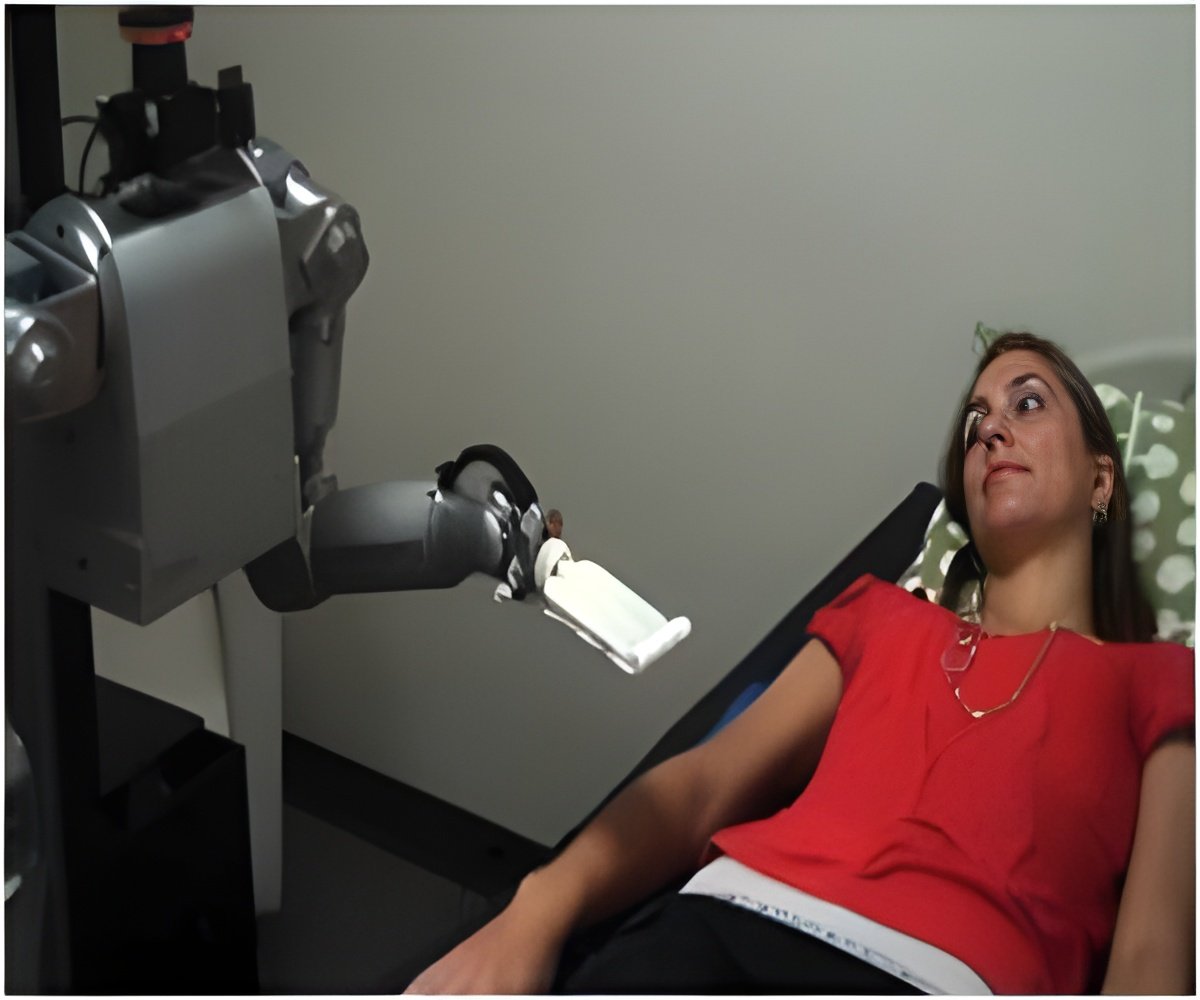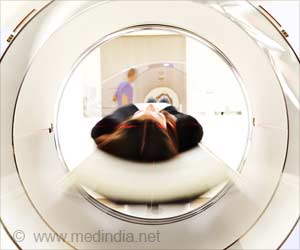A surgeon at Galvenston performed groundbreaking robotic laparoscopy on a 35 year old patient whose cervix was too small to sustain a pregnancy.

Kilic performed the surgery in December 2011 at UTMB's John Sealy Hospital.
When performed traditionally, abdominal cerclage surgery requires a large incision and a long period of recovery.
Kilic's new procedure left the patient with only three tiny abdominal scars.
"The recovery was amazing. Two days later I was able to sit on the floor at home and play with my toddler," new mum Leonora Orejuela said.
Stitches to the cervix during surgery must be precise; a suture placed a hair's breadth the wrong way can puncture either the amniotic sac or a major blood vessel in the mother.
Advertisement
This two-screen system offers unsurpassed visualization in a laparoscopic surgical situation.
Advertisement
Orejuela, the patient, was discharged home the next day after a one-night stay in the hospital.
Orejuela proceeded to have an otherwise uncomplicated pregnancy, going into labor at 36 weeks.
She delivered a healthy baby girl, Lucia Munoz, 6 pounds, 11.5 ounces, by Caesarean section.
The procedure is published online in the Journal of Minimally Invasive Gynecology.








